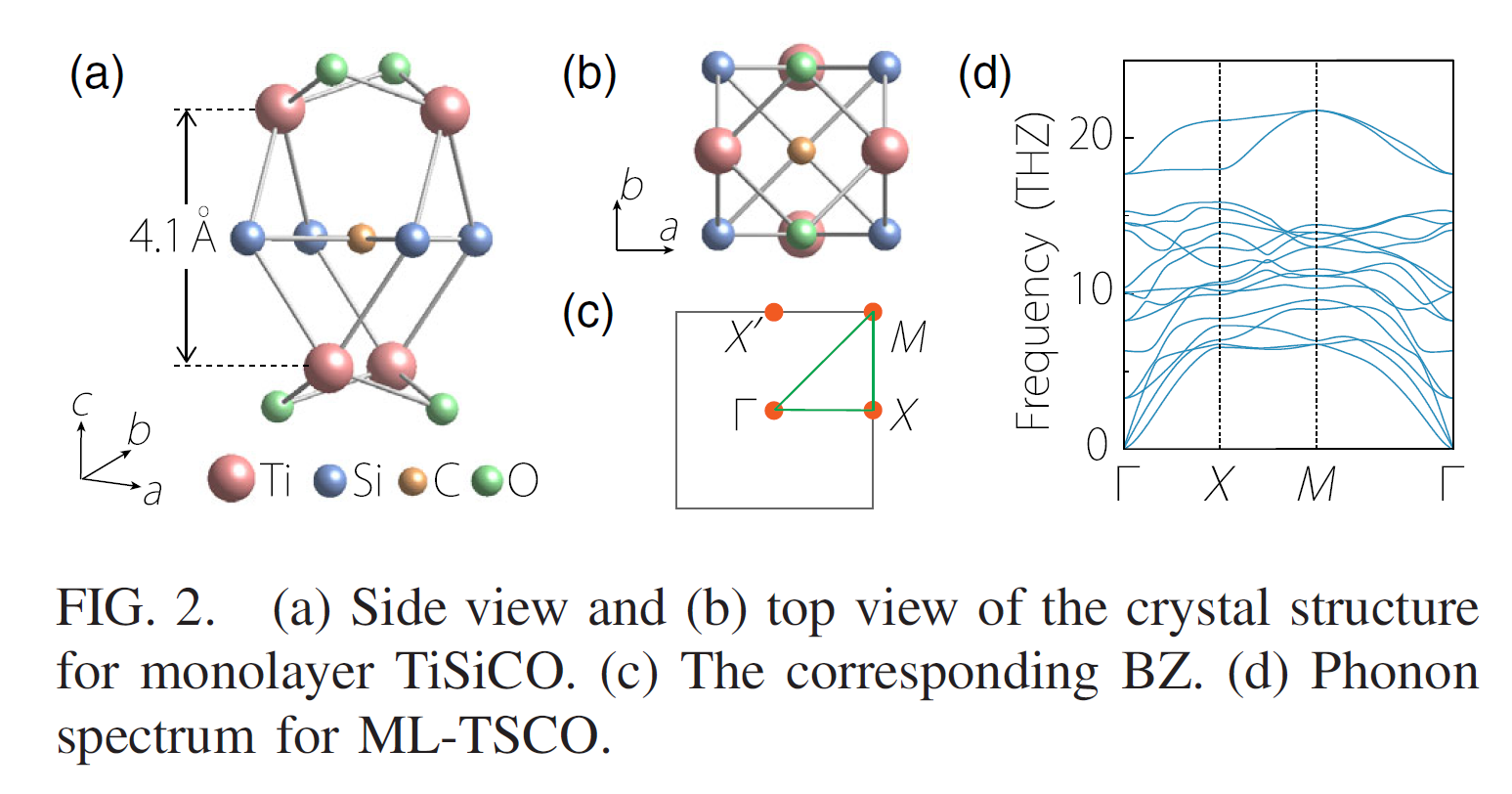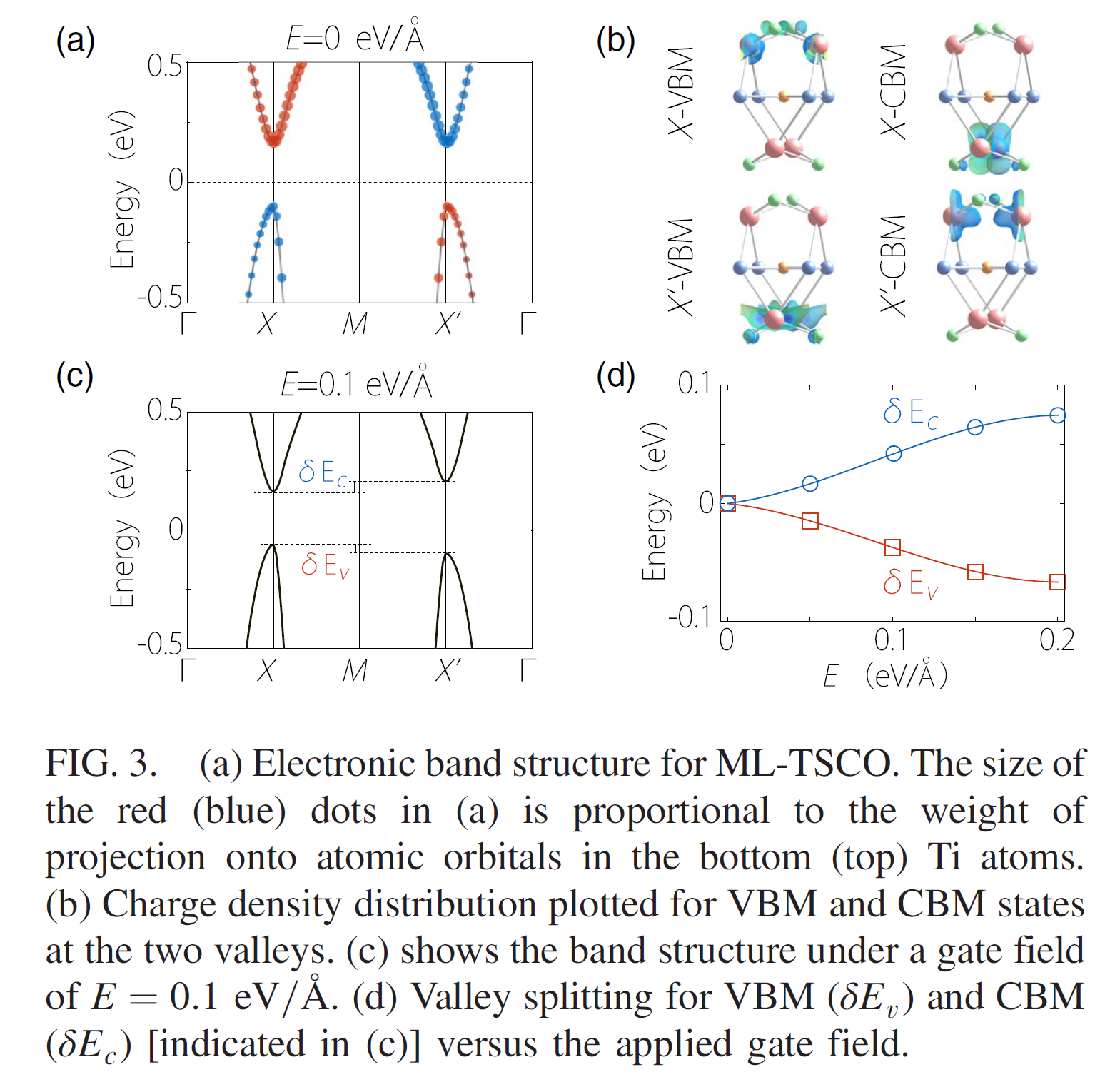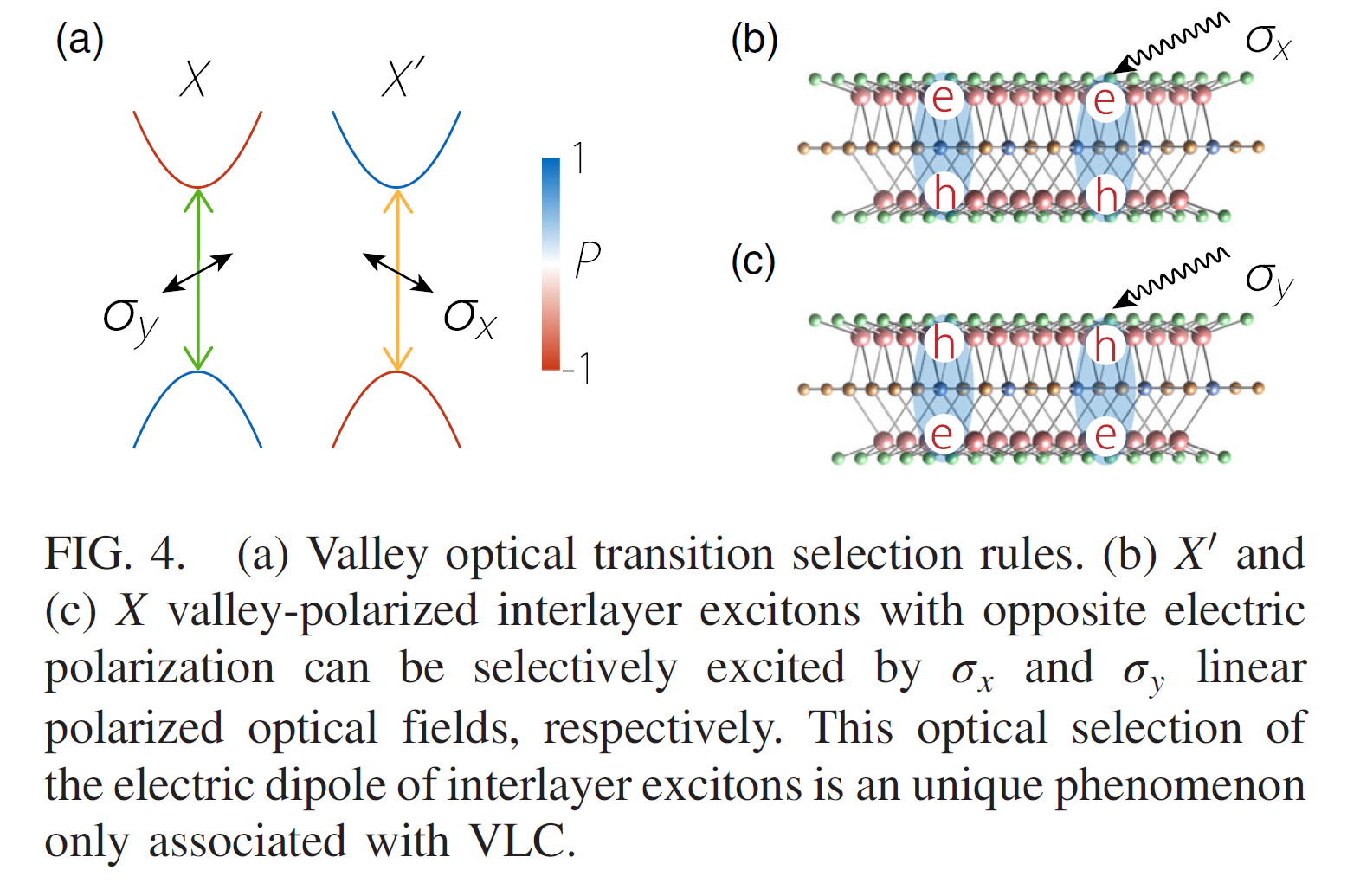Valley-Layer Coupling: A New Design Principle for Valleytronics
来源: 作者: 发布时间:2022-10-13Recently, Z.-M. Yu and his collaborators have made important progress in the field of valleytronics. They not only proposed a new design principle, a novel valley-layer coupling (VLC) mechanism, to achieve static control of valley polarization by a gate electric field, but also predicted a concrete 2D material example, and showed that an electric, continuous, wide-range, and switchable control of valley polarization can be achieved by VLC.
In the past decade, with the discovery of two-dimensional (2D) valleytronic materials in graphene and transitional metal dichalcogenides (TMD), the field of valleytronics has undergone rapid development and attracted broad interest at both fundamental and applied levels. The current valleytronics research has been mainly established in the paradigm of time-reversal connected valleys in 2D hexagonal lattices. To generate valley polarization in these classes of valleytronics systems, time-reversal symmetry must be broken, such as by introducing magnetic or optical fields. However, for device applications, static means are preferred over dynamic means, and fully electric control is preferred over magnetic or optical control. Particularly, static control by gate electric field is most desirable, owing to its advantages in compactness, power efficiency, and compatibility with existing semiconductor technology. Since the electric field does not break the time-reversal symmetry, it is impossible to control the valley degrees of freedom by electrical means in two-dimensional hexagonal lattice materials.
This work presents a disruptively new design principle for valleytronics to tackle this challenge. The idea is to explore systems in which the valleys are connected by a crystalline symmetry instead of time-reversal symmetry, thereby circumventing the fundamental restriction posed by symmetry. By systematically analyzing the symmetry of all 80 layer groups, Z.-M. Yu et al. pointed out that in five-layer groups, as long as the energy valley appears in a specific momentum, the systems will generally host VLC and permit the gate control of the valley degree of freedom, as shown in Fig. 1. This theoretical analysis simplifies the search and design of valleytronics material with VLC.
This work, based on the proposed theoretical analysis, designed a VLC material: monolayer TiSiCO (ML-TSCO), which has a similar structure to ML-HfGeTe and ML-ZrSiO. It possesses five square-lattice atomic layers vertically stacked in the sequence of O-Ti-Si/C-Ti-O, as shown in Fig. 2.
The electronic band structure of ML-TSCO clearly shows that it is a valley-layer coupling material: one clearly observes that a pair of valleys for both conduction and valence bands occur at X and X’ in the momentum space, and have opposite layer polarizations, as shown in Fig. 3. This work explicitly calculates the band structure under a vertical electric field and shows for ML-TSCO, a gate field of 0.1 eV/Å can induce a valley energy splitting of 37 and 42 meV for valence and conduction bands, respectively, as shown in Fig. 3. Moreover, the valley polarization can be read out by electric means due to the anisotropy at the two valleys. The ML-TSCO also exhibits valley-contrasting linear dichroism in the optical interband absorption and unconventional valley-polarized interlayer excitons, as shown in Fig. 4.
The work was published in Physical Review Letters [Physical Review Letters 124, 037701 (2020)] and the authors are Zhi-Ming Yu, Shan Guan, Xian-Lei Sheng, Weibo Gao, and Shengyuan A. Yang.








